How film noir remains relevant, particularly in regard to the threat of nuclear annihilation and how an idealised society falls apart when disruptive elements brewing below the surface reach explosive proportions.
California has long been presented to the world as a kind of mystical and otherworldly place. A kind of paradise of sunshine and freedom, where dreams can be realised and fortunes can be made. “Goin’ out west to California” is a phrase that has hopeful and idealistic connotations to it, it signifies that someone is searching for something great – fortune and glory. In many parts of the world, the dream and the allure of California is still as strong as ever. The marketing and tourism industry have their work cut out for them. Thinking of California, the thought of bright sunny beaches, hot babes and dreamboat guys, Hollywood and movie stars, palm trees and beautiful sunsets come to mind. It’s at mythical proportions. Maybe gang warfare, smog, drive by shootings and the LA riots don’t test all that well with potential tourists.

So how is it, that this part of America, and more specifically Los Angeles, is home to some of the most important and culturally significant cinema of the 20th century? This golden land with its near-paradise levels of allure also gave us some of the darkest and seediest perspectives of humanity that remain as potent as ever. Maybe it’s that classic duality thing, for the light to shine there must be darkness. And so, we’ve got a genre we call Film Noir.
Film Noir, or “black” film, is something a lot of people are familiar with. It’s iconic. Humphrey Bogart tracking down The Maltese Falcon, fast talking gangsters, femme fatale beauties…you know what it’s about. Like jazz and fast food, film noir is one art form that is unique to the USA. It’s culturally indicative of and quintessentially American. Los Angeles is the city where much ‘classic’ noir film is set (The Maltese Falcon, The Big Sleep, Double Indemnity) and these specific films are excellent examples of the balance between darkness and light in LA. It’s no coincidence that the European post-war film scholars who tended to disregard anything from the USA and even looked upon it with disdain, took exception to film noir (and a few select Western titles/directors) when they began to closely examine film from an academic and critical perspective. The French “Nouvelle Vague” (New Wave) auteur directors such as Jean Luc Godard, François Truffaut, etc cite films by Howard Hawks in particular as something of quality, substance, cultural importance and influential to their own works. Not that the USA has ever really cared what the French (or anyone else for that matter) thinks of them anyway. Unless you’re talking about fries that is…
Before we launch into the specific film noir focus of this piece, it might help to give a bit more context. The recent Fukushima nuclear disaster, as well as the North Korean missile launches, have once again put nuclear fear back into the public eye. Arguably it never really goes away, but that being the case; it’s an interesting parallel between the post war years of nuclear threat and today. Take a film like the classic Gojira (dir. Ishirō Honda) from 1954 where a giant monster mutated by nuclear radiation destroys Tokyo. While many ‘serious’ film critics and filmgoers dismiss Gojira/Godzilla as a B-monster movie franchise (which it certainly became), the original creature and film represented a lot of very serious undertones, particularly to the Japanese people. Remember, this was almost a decade after the nuclear bombings of Hiroshima and Nagasaki. Japan was and still is the first post-apocalyptic society. No one had ever seen or experienced anything like that before, not to that scale and not to that level of unimaginable horror. Gojira was the perfect symbol for those attacks. He was uncontrollable, he was unstoppable, he destroyed everything around him and he was devastation unbound. The harrowing scenes in the film of people hiding in bunkers with haunting air raid sirens wailing, or mothers telling their children they’ll soon be reunited with their fathers and husbands (presumably those who’ve died in WW2) must’ve been pretty confronting to Japanese audiences in 1954, and probably even still is today.
Gojira is not film noir. It is not American and it is not a gangster movie. But it does share similarities with some of the more politically charged films of that era, particularly regarding the threat of nuclear doom. One film in particular is unmatched, especially climactically, to any other American noir film when it comes to the nuclear threat. Robert Aldrich’s 1955 Kiss me Deadly is quintessential noir and remains a nihilistic and defiant statement in the face of the Cold War/Red Terror paranoia of the 1950s. Rooted firmly in the classic private investigator/mystery thriller setting of many LA based noir films, Kiss me Deadly follows the events of pulp fiction crime author Mickey Spillane’s Mike Hammer character as he attempts to discover the identity of a mysterious female hitchhiker he picks up one night on a dark road. What follows is a complex plot (another noir staple) and a finale that certainly must’ve provided some basis for Raiders of the Lost Ark.
There is something about Kiss me Deadly that makes it unnerving, especially given the context it’s set in. LA contributes largely to this. As discussed earlier, that ‘perfect’ city with beautiful sunsets and endless opportunities to pursue the American Dream are countered with the disturbing undercurrent that runs through the film. The underbelly of the beast is always ugly and in this film, it’s filthy. A lot of what was exacerbated by the Reagan administration in the early years of Ronald Reagan’s presidency regarding nuclear and Soviet threat (as opposed to the peace mongering, Cold War resolution pursuing, mid-to-late 80s president that a lot of people would like to remember him as being) were dwarfed in comparison to what was going on in the 1950s and more specifically, the early 1960s.
Nuclear war never seemed more real of a possibility than when The Bay of Pigs standoff occurred.
As such, the infamous and utterly useless ‘duck and cover’ procedure became taught in schools and McCarthy-era communist witch hunts gripped the USA. Kiss me Deadly typifies much of these era-specific sentiments and even delves into elements of science fiction in its portrayal of such fears. Similar to 1954s Invasion of the Body Snatchers (dir. Don Siegel), the tensions are at critical levels and the social mirroring is encapsulated brilliantly.
As a piece of film noir, Kiss me Deadly works brilliantly. It has all the conventions that made the genre great – mystery, intrigue, ‘goodies vs. baddies’, etc. But like the city it is set in, under the surface brews thematic elements that set it apart from your standard crime film. Pucker up baby!



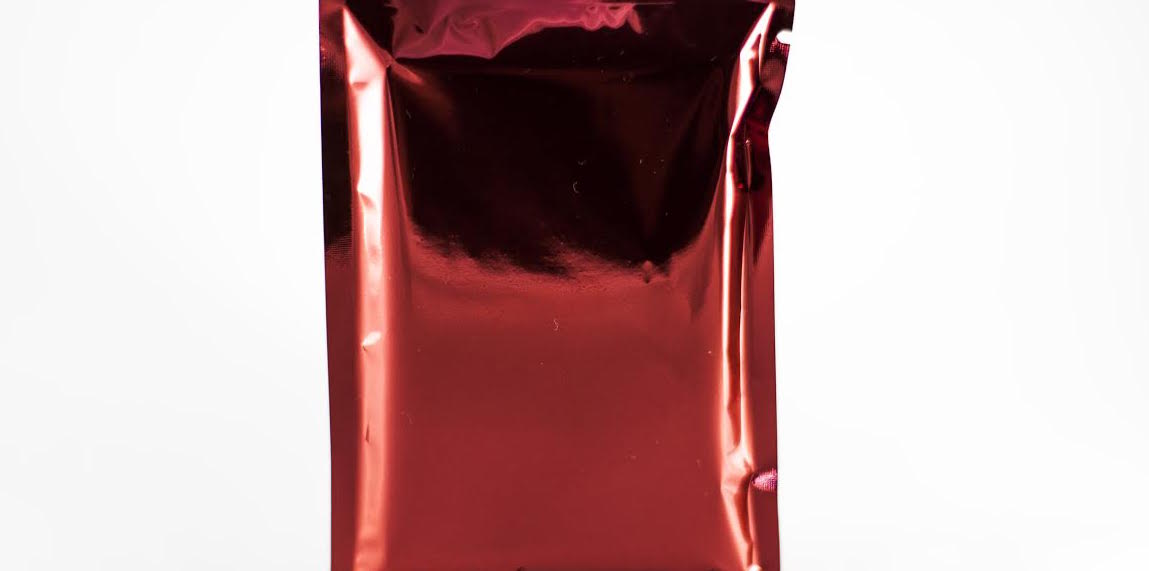
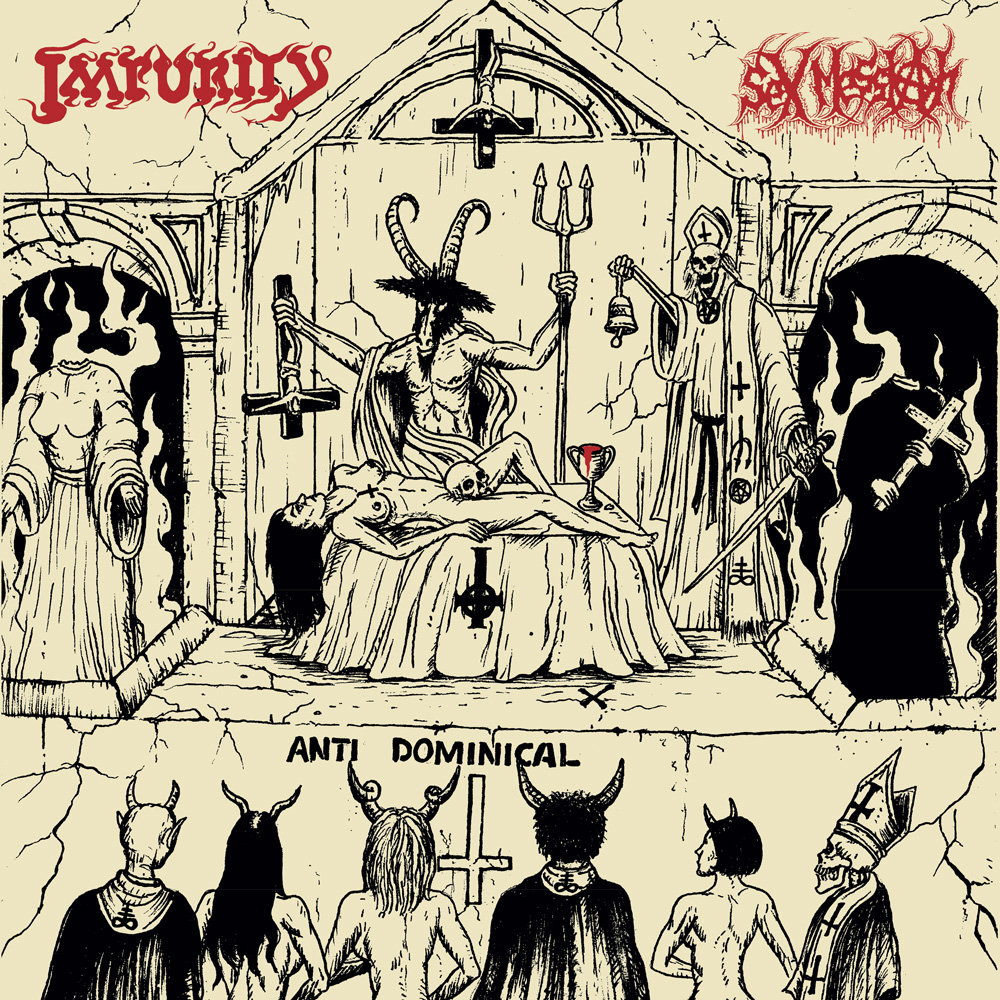

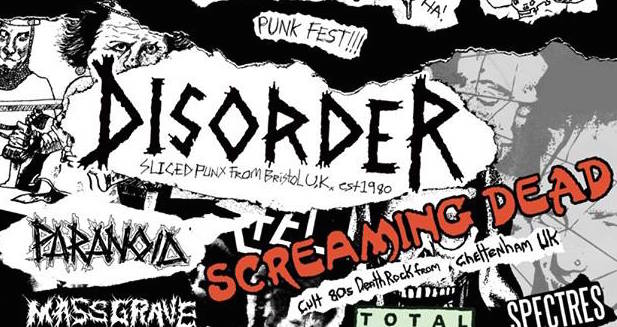

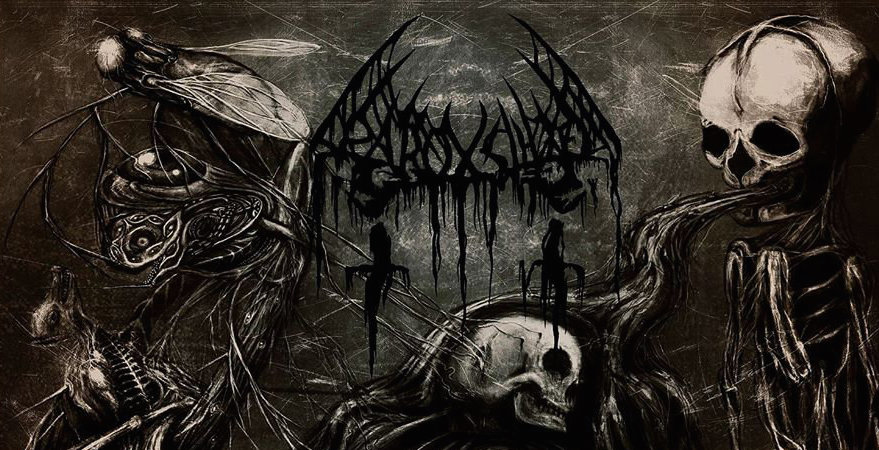
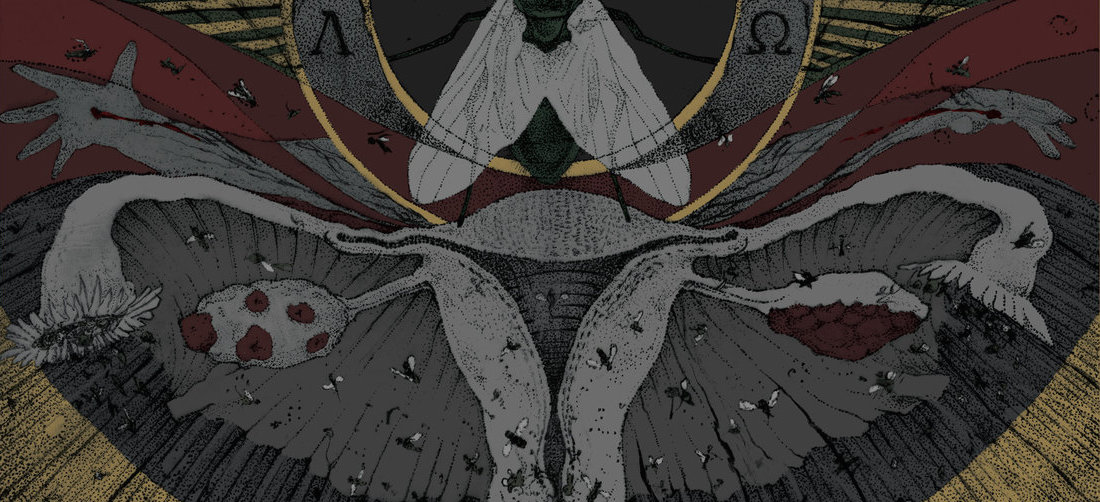
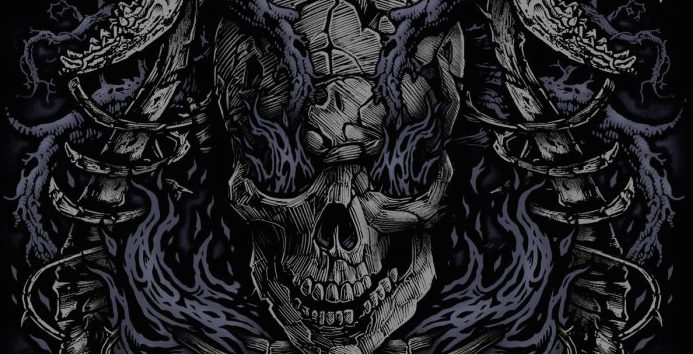
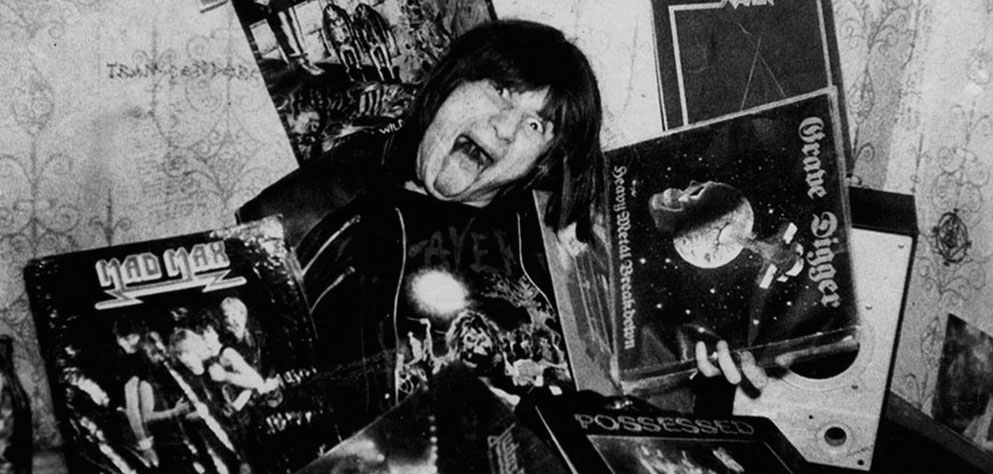
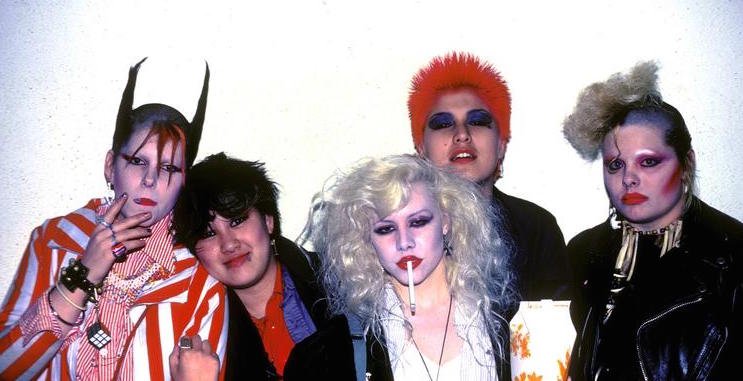
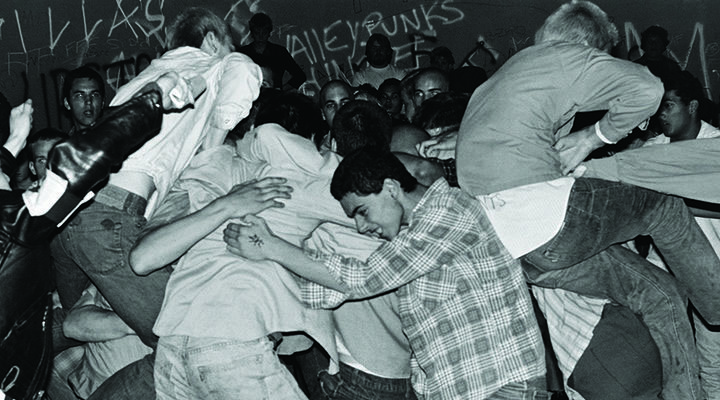


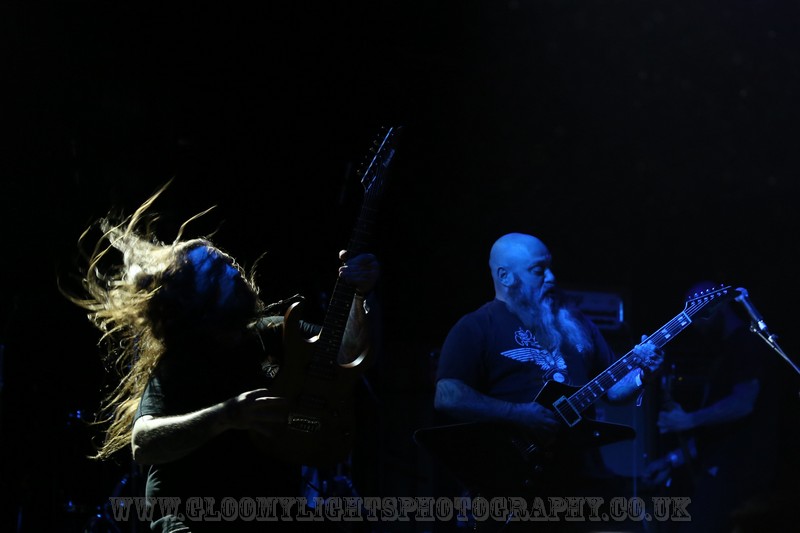


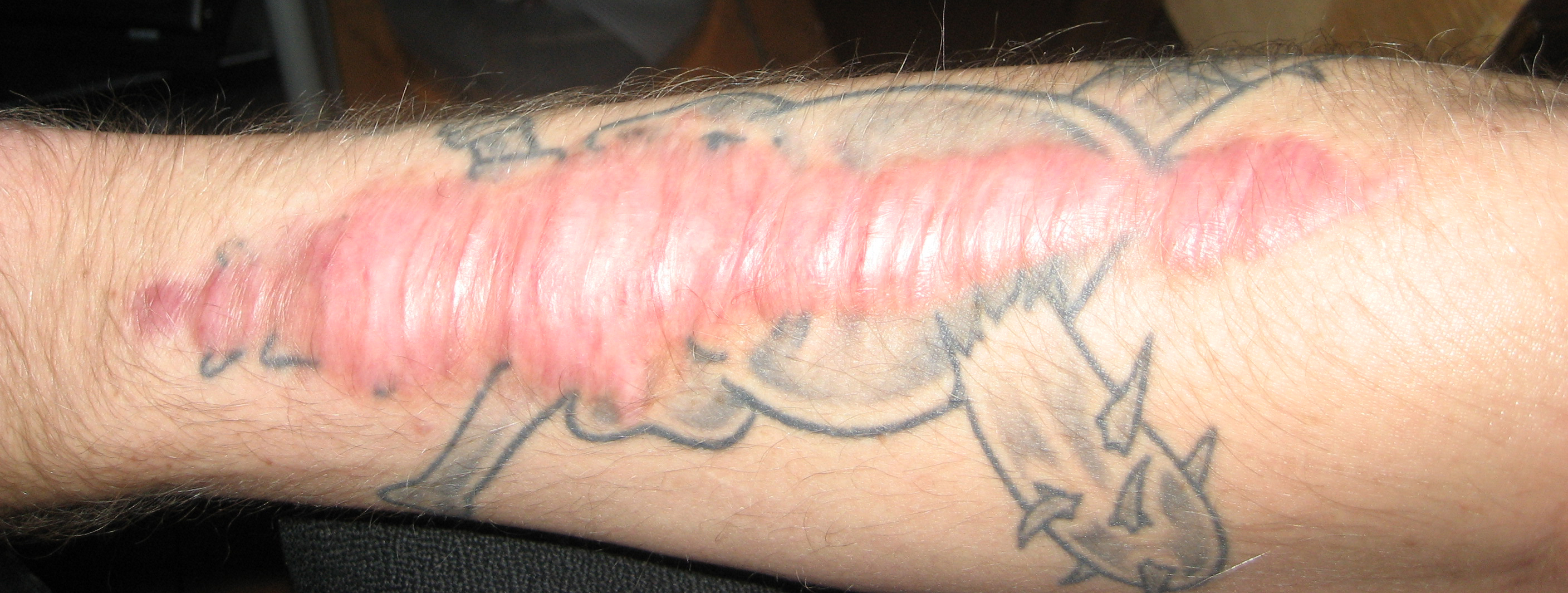
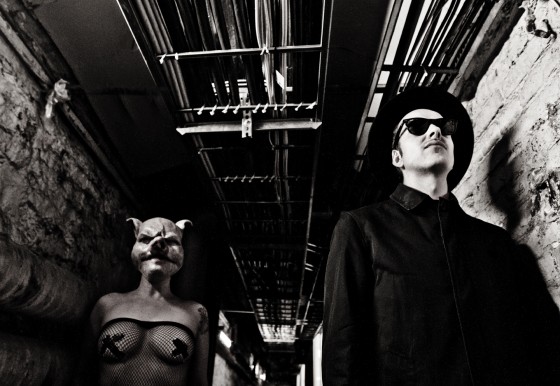
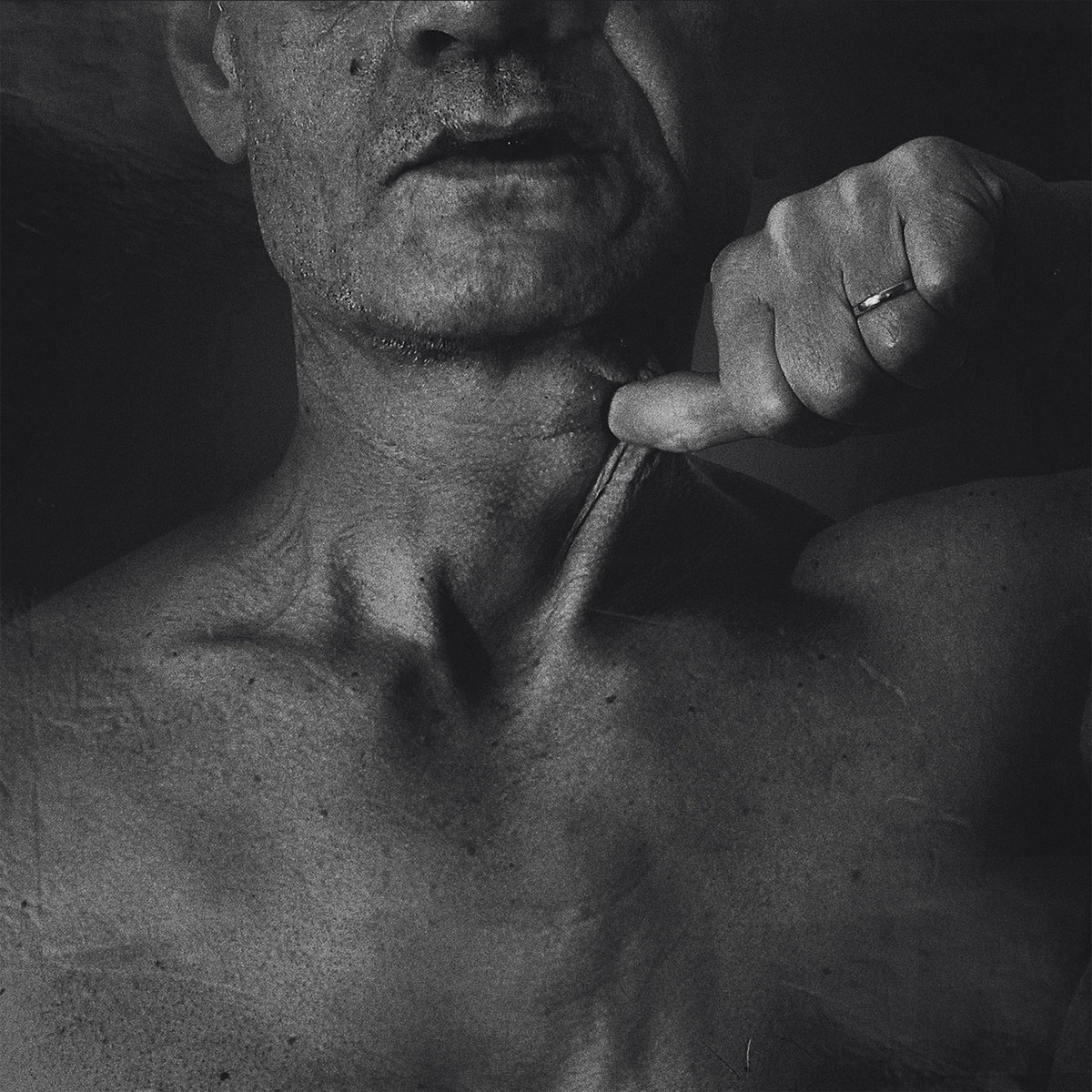

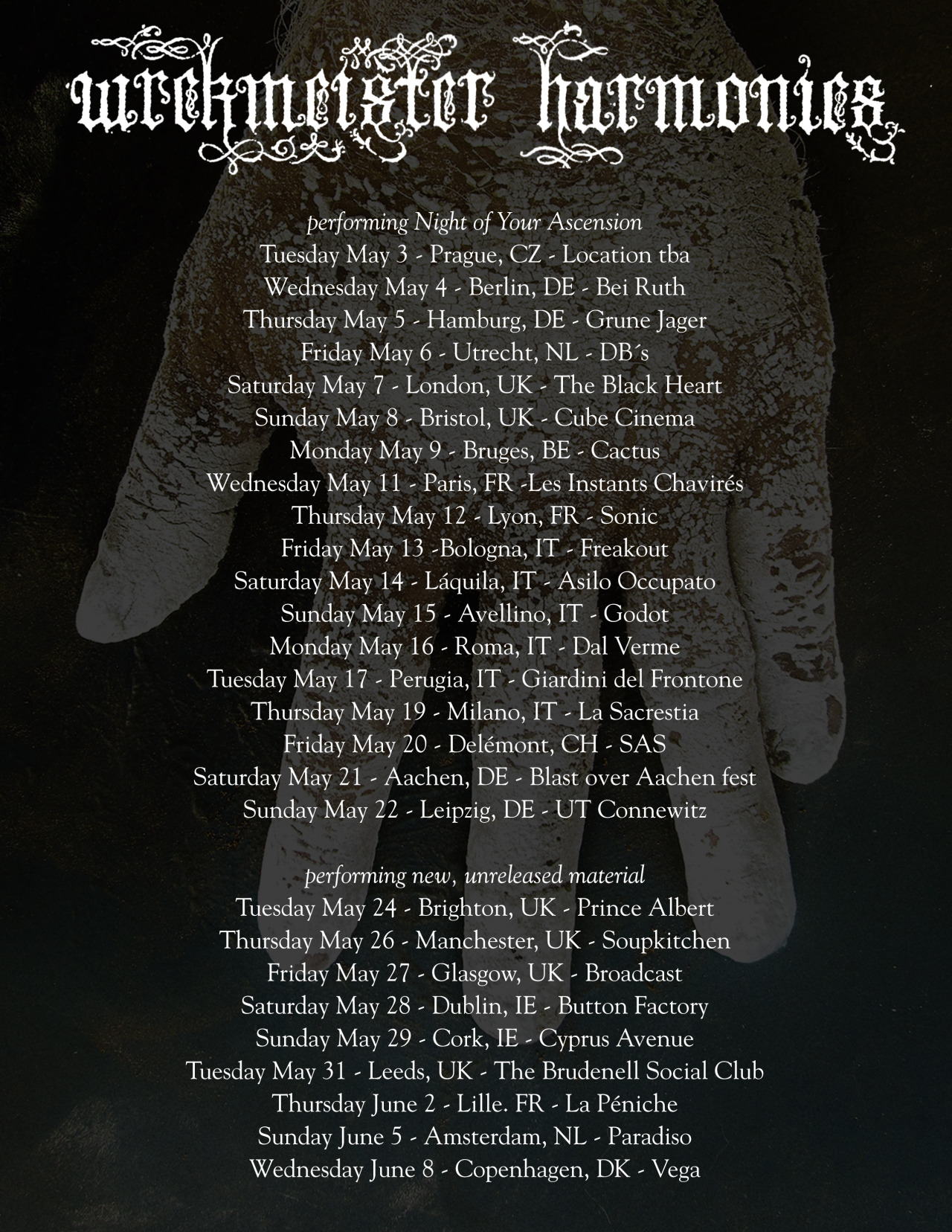
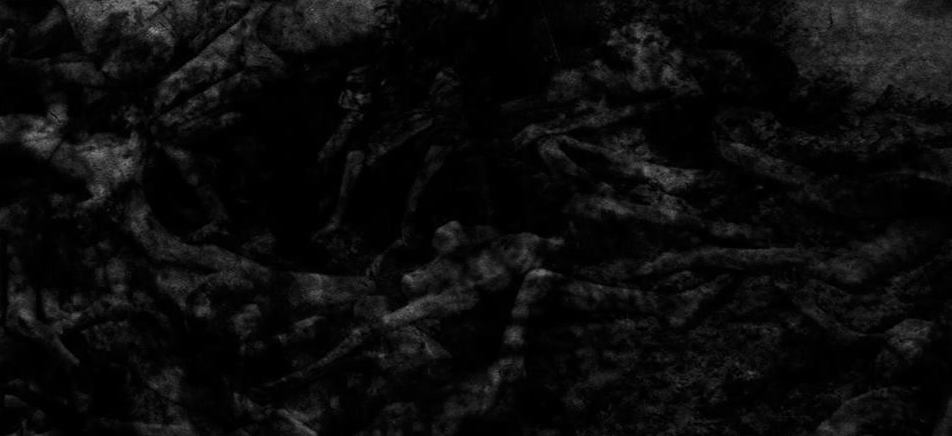

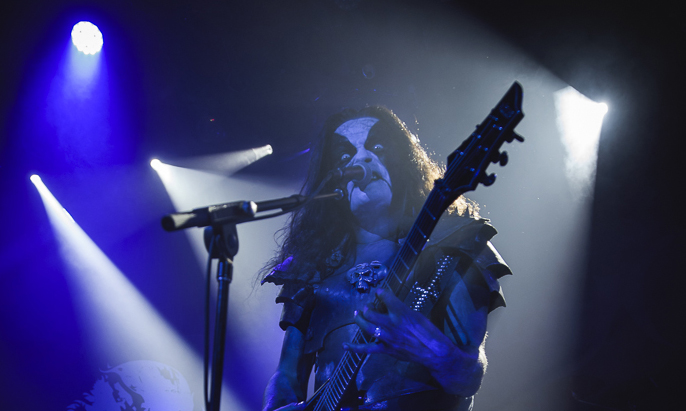

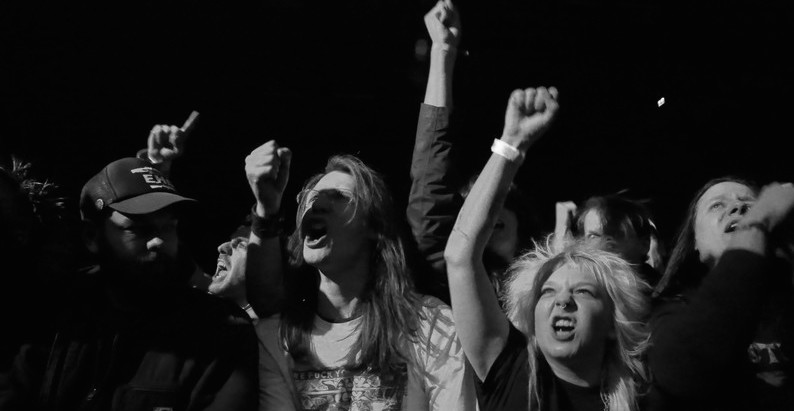
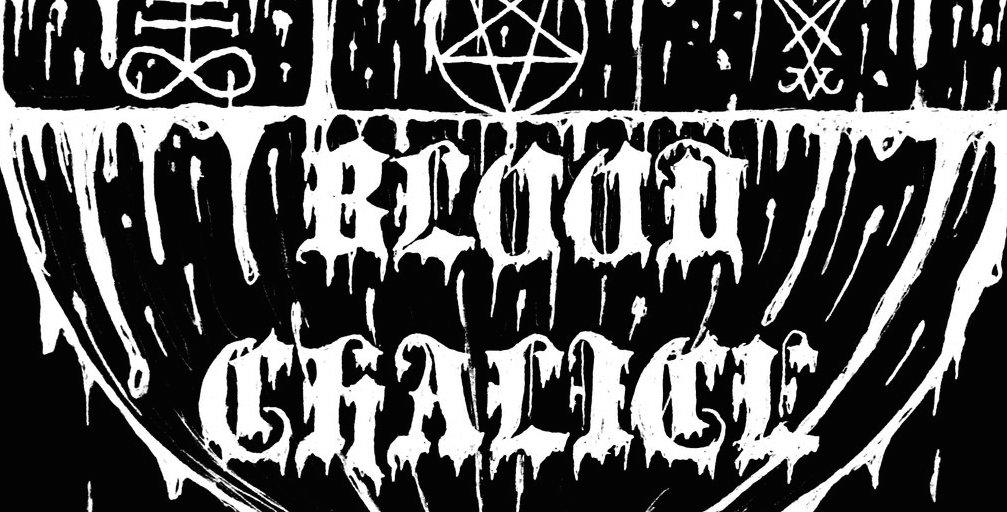
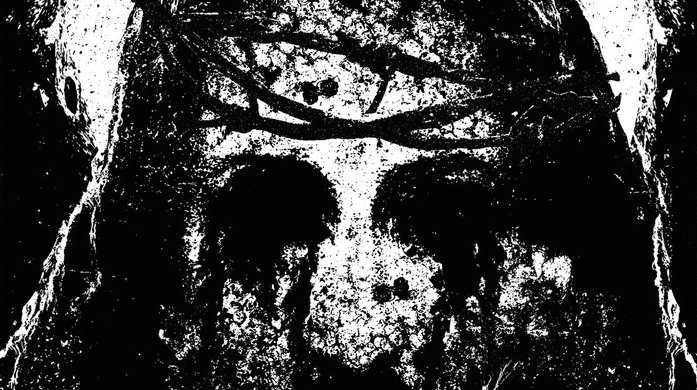
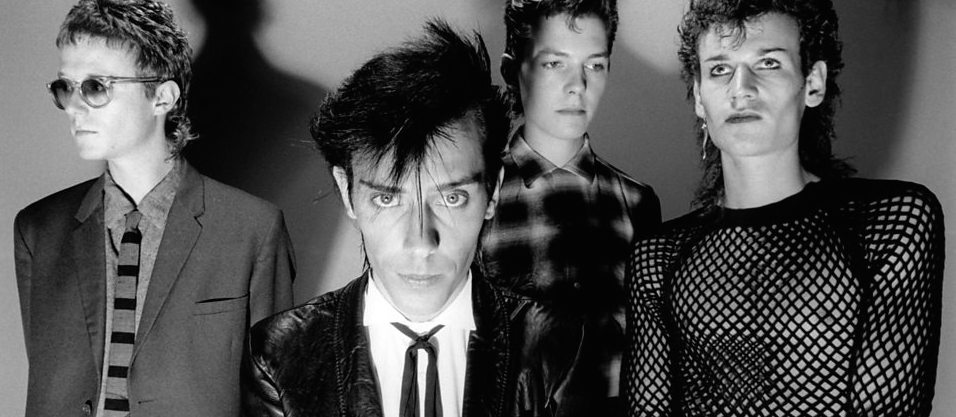


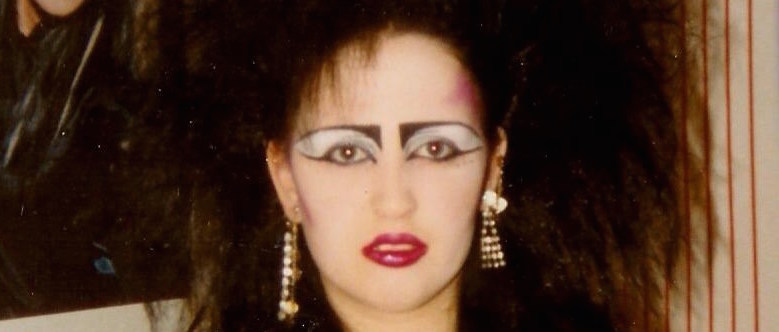
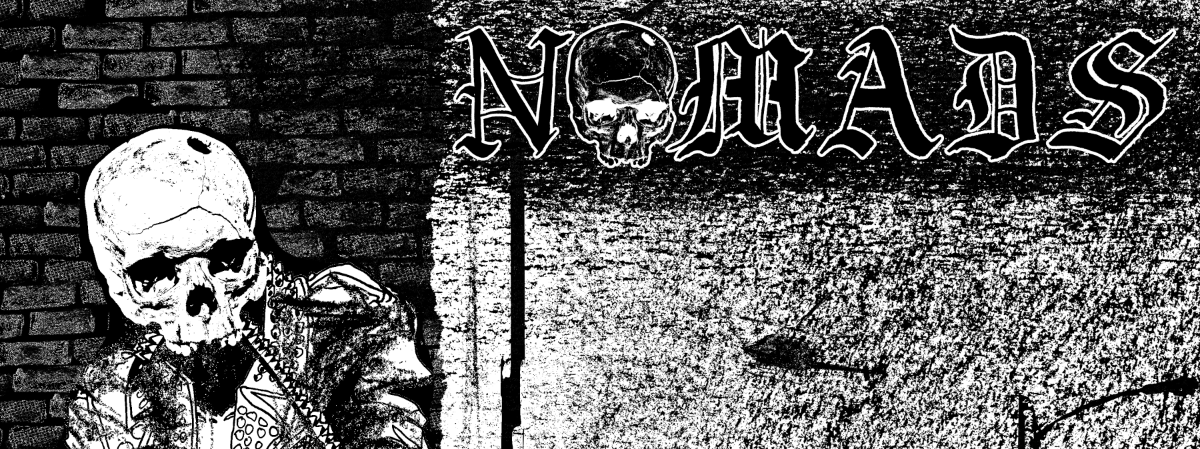
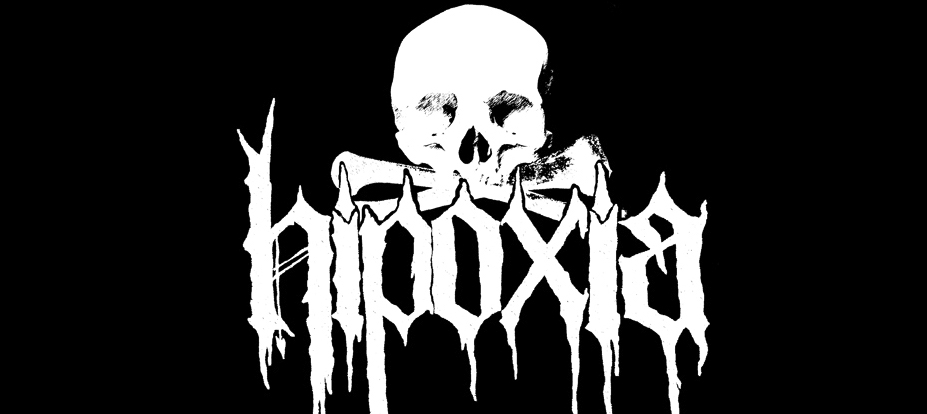
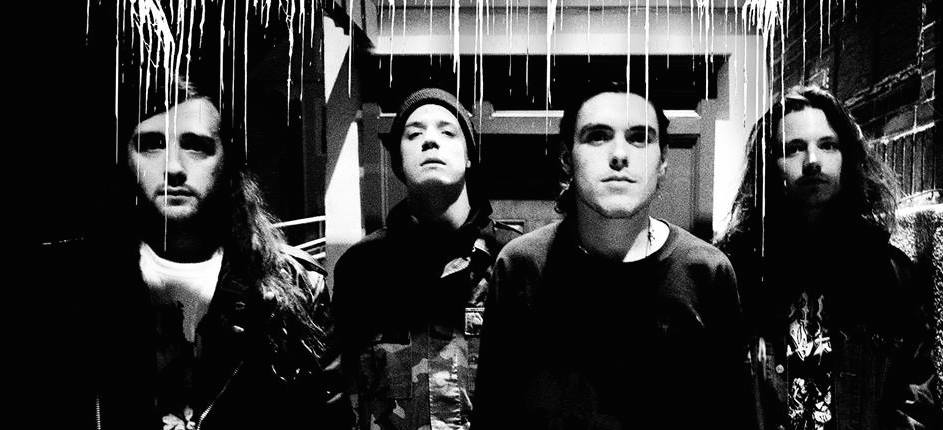
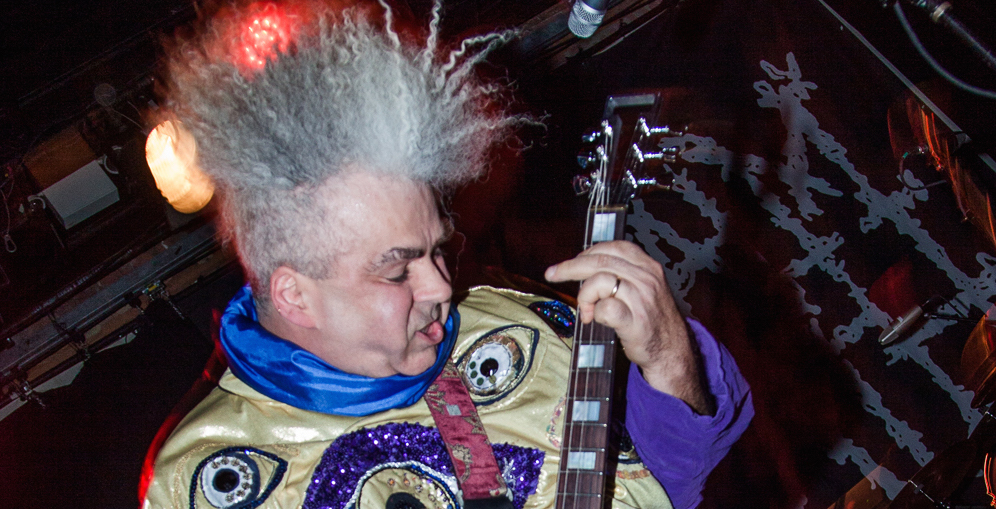

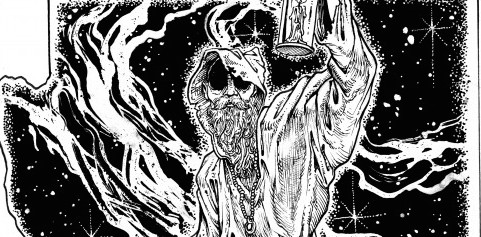
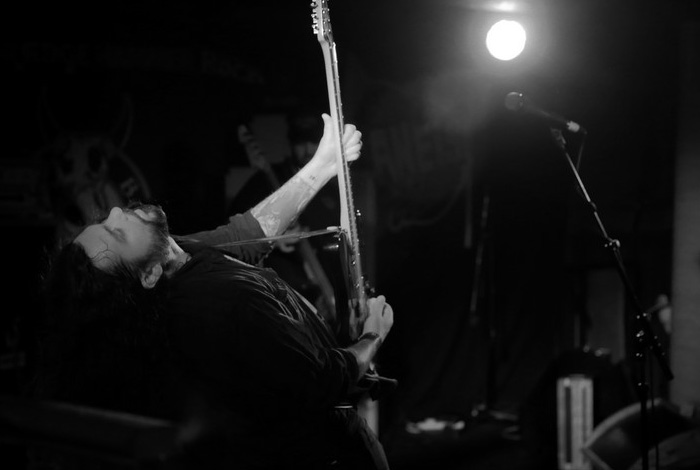
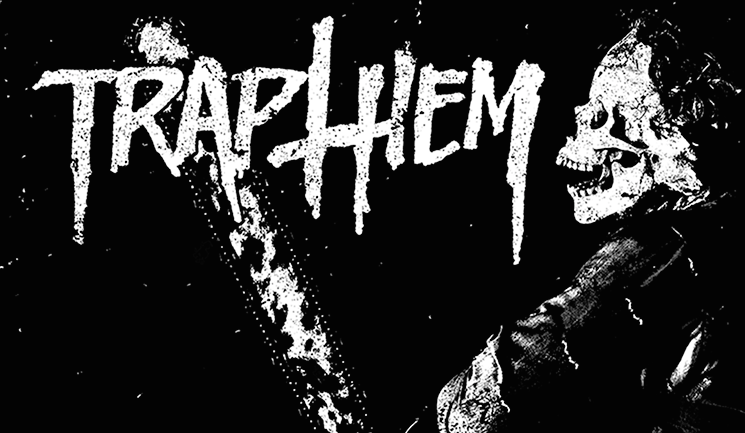

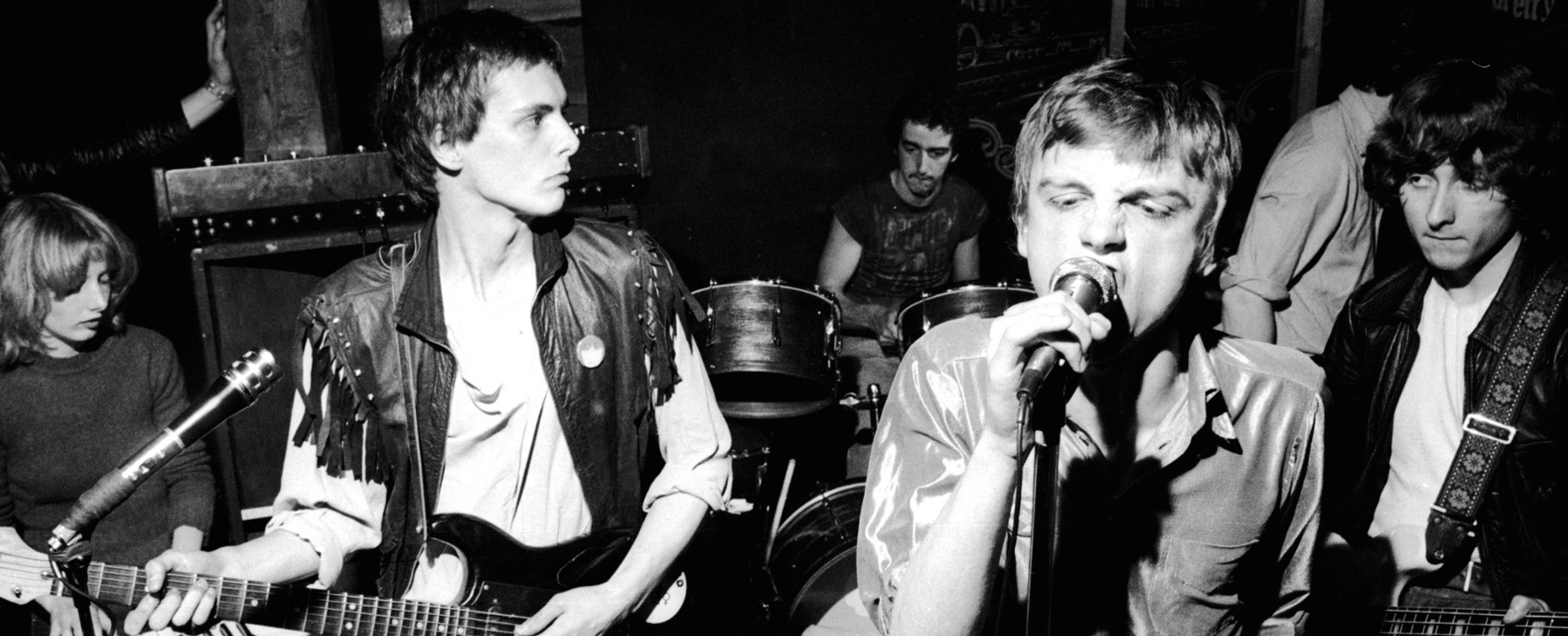
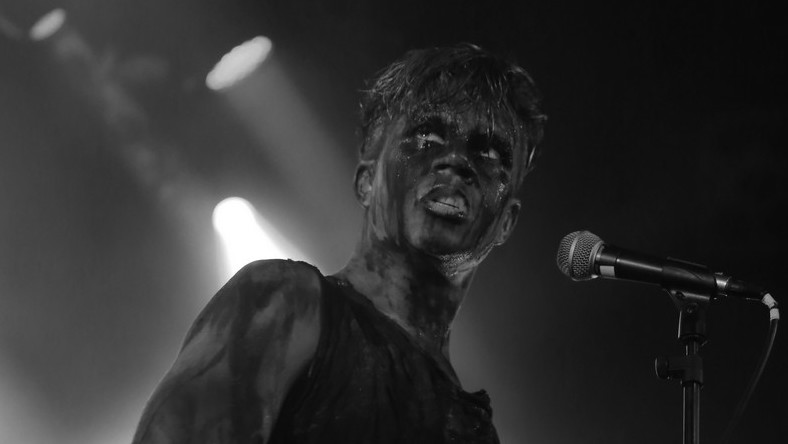
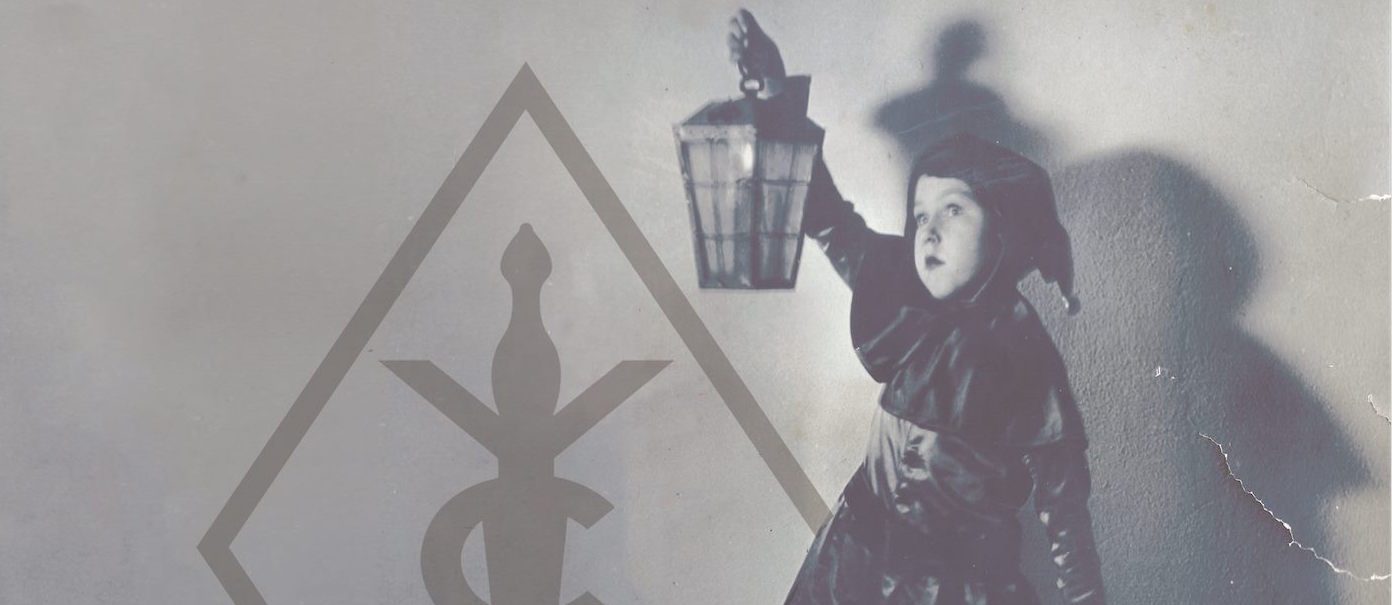



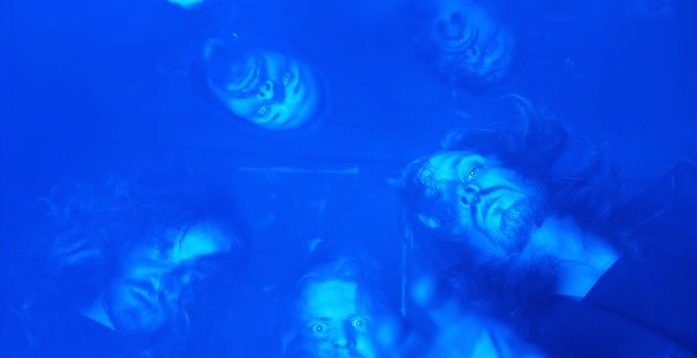
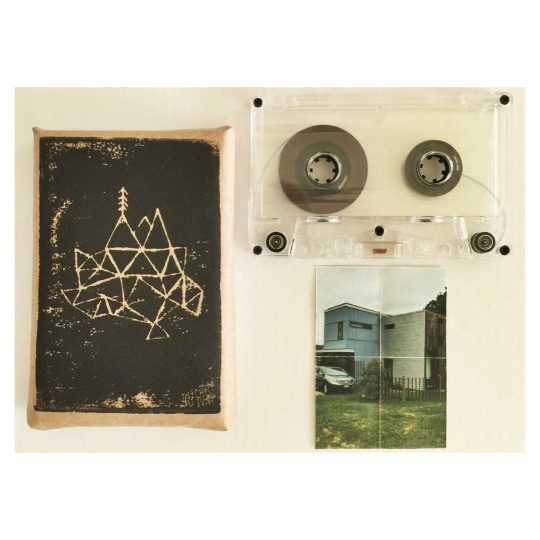
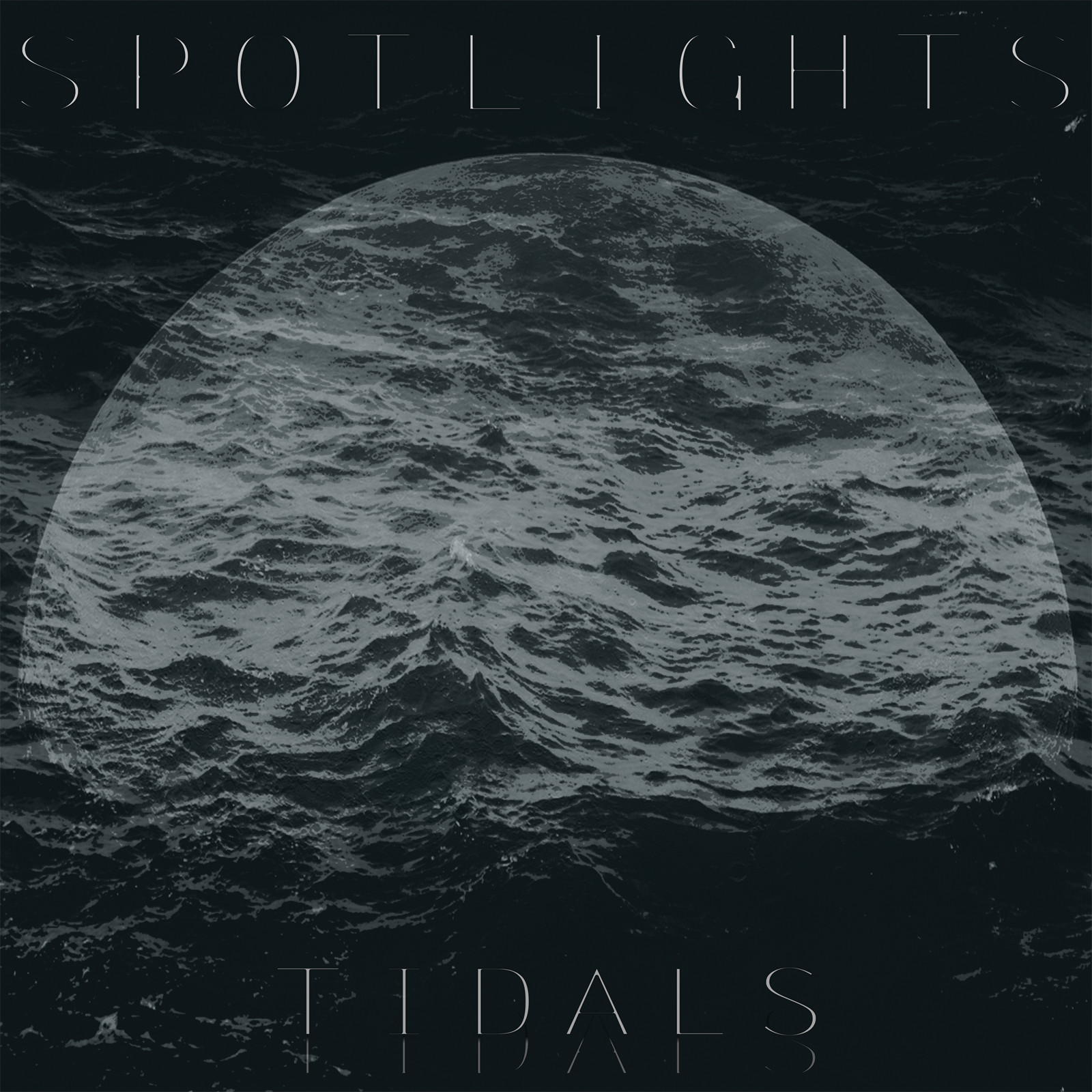
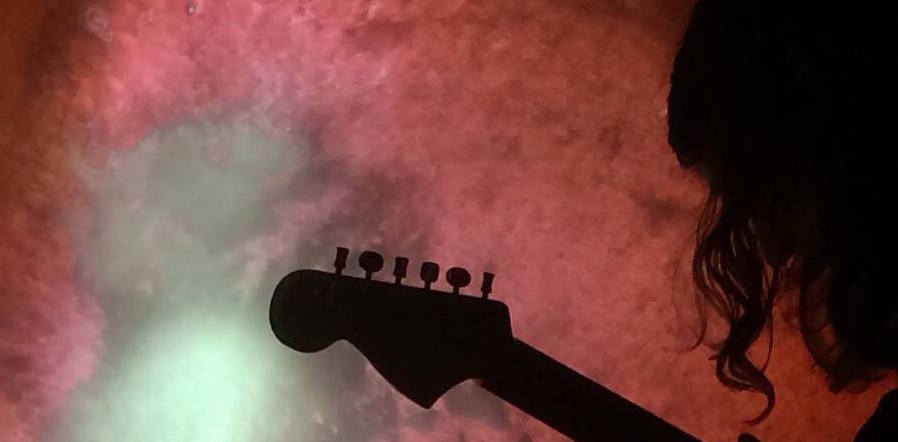

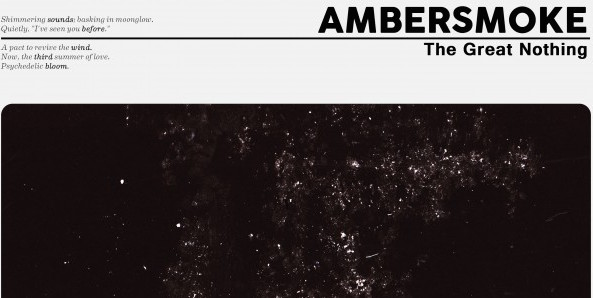
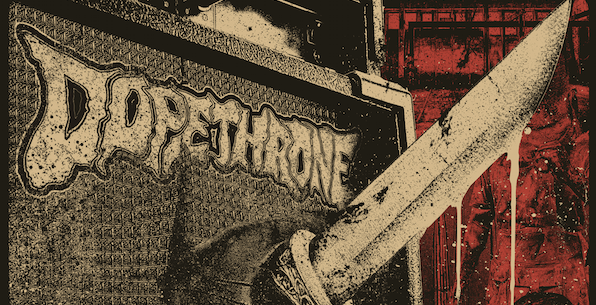


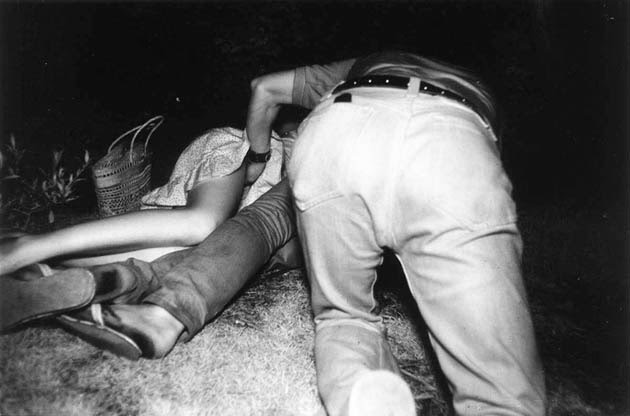
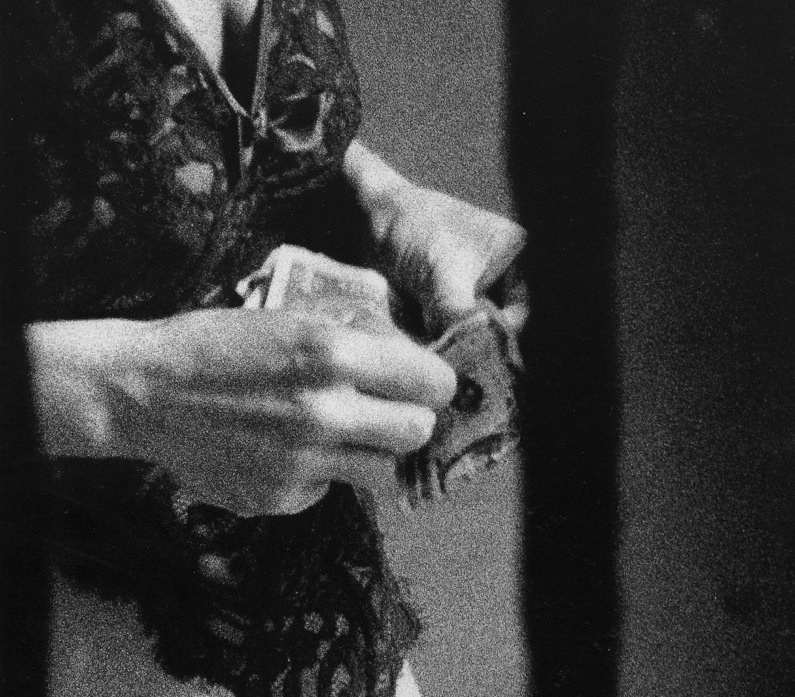

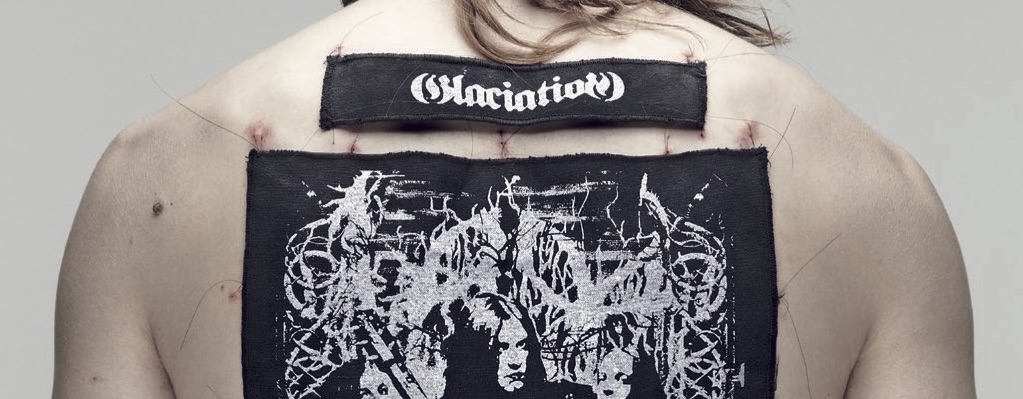

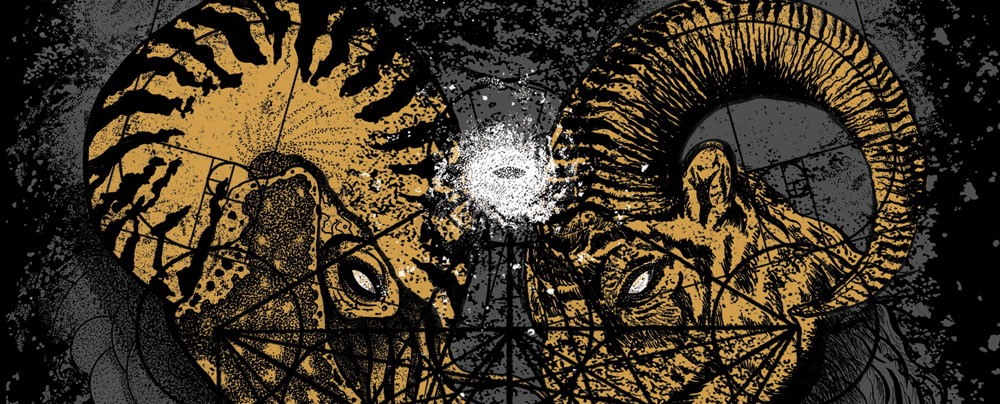

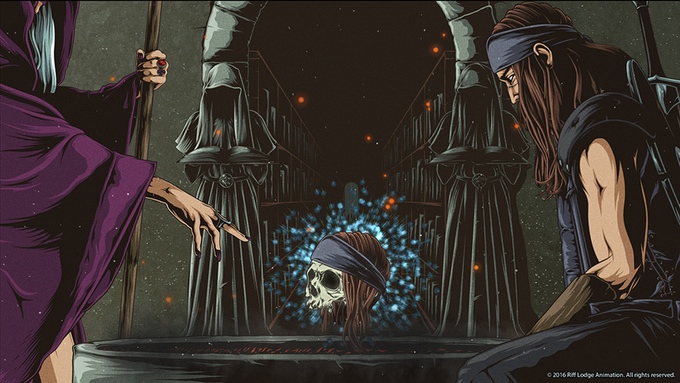
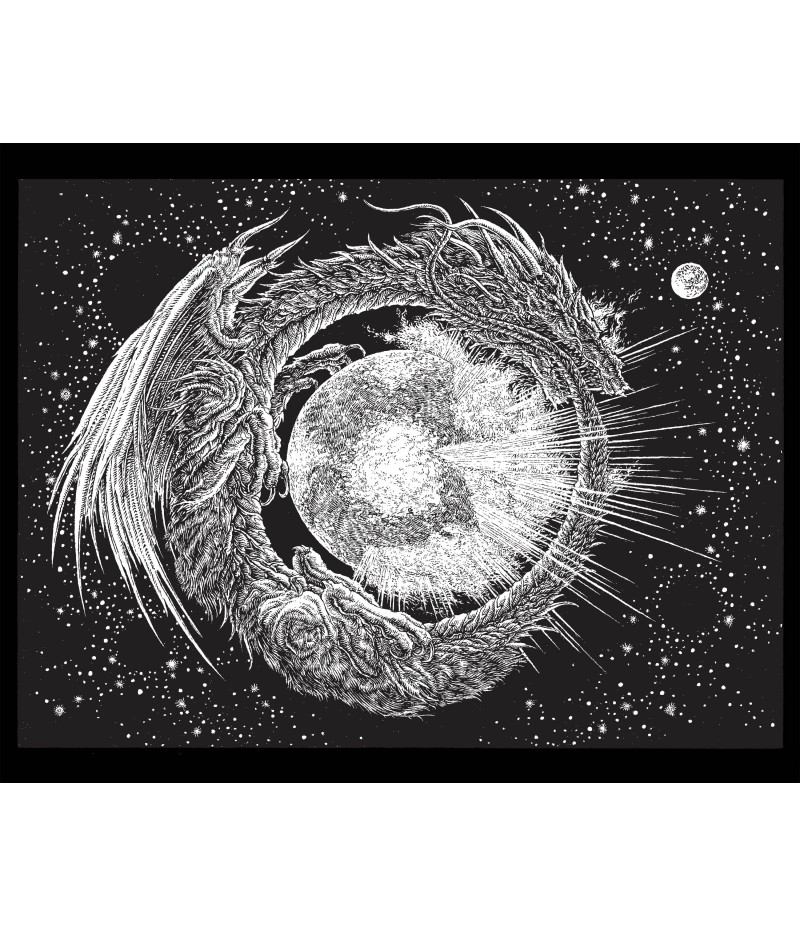
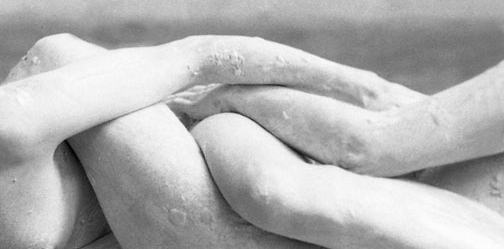
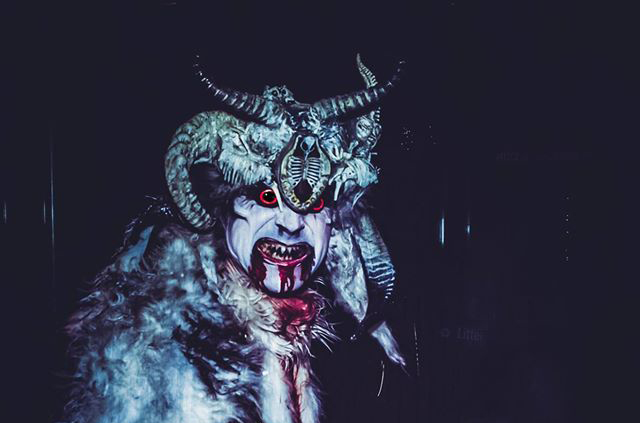

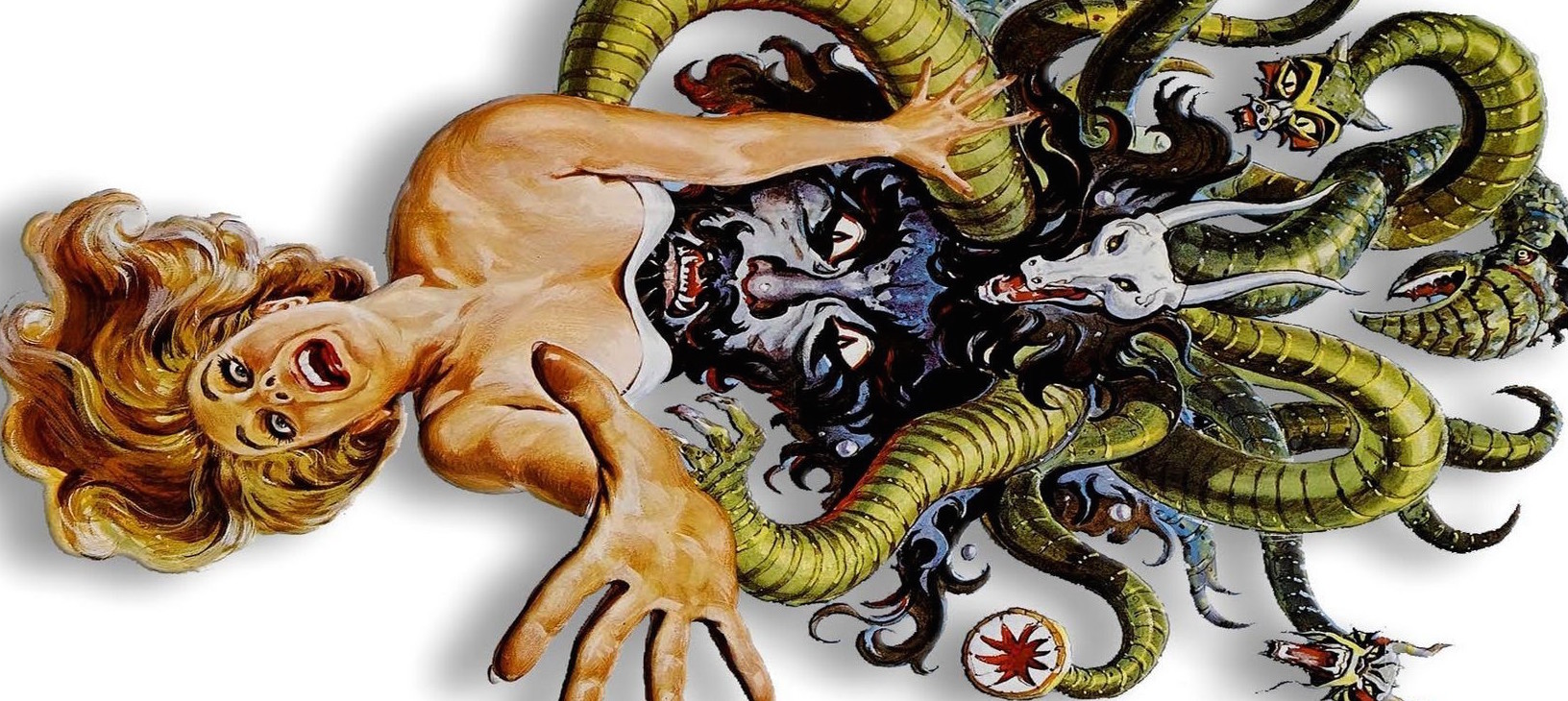

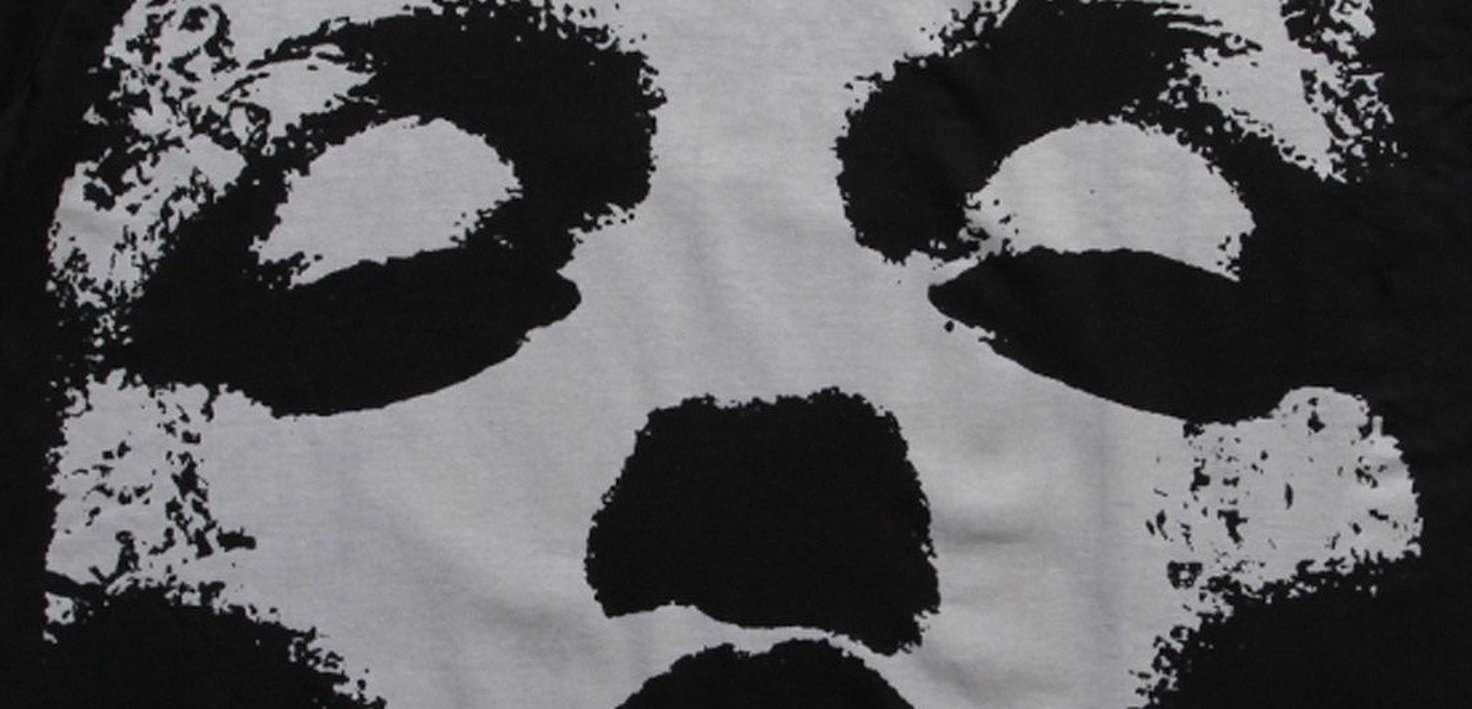
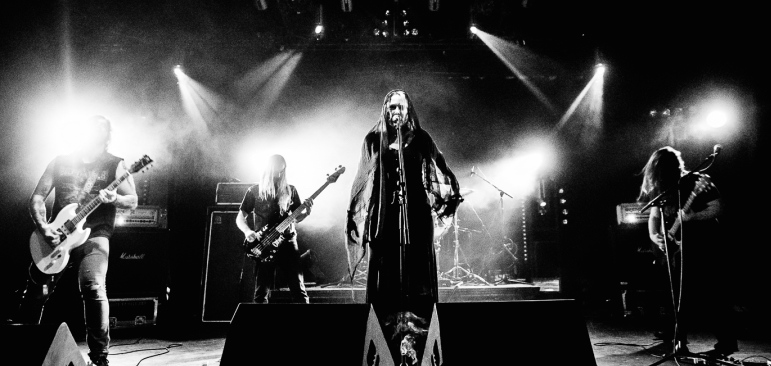
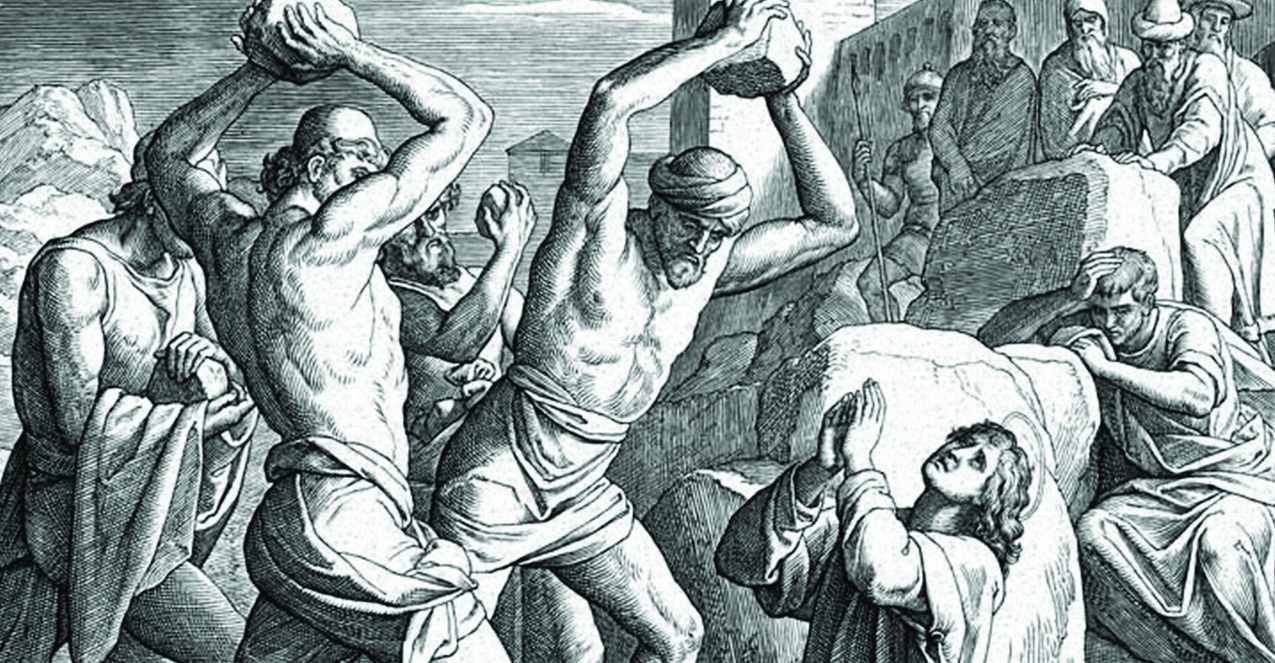
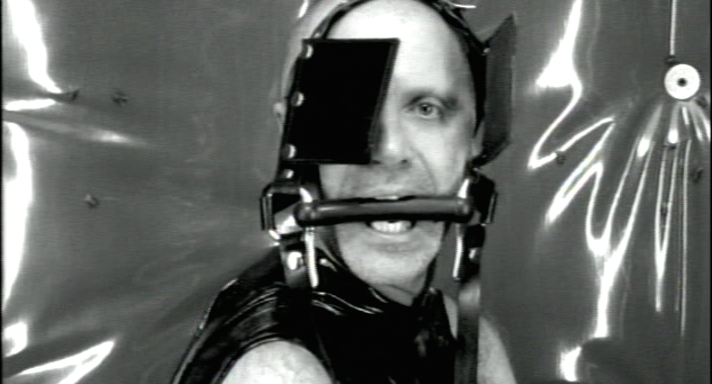

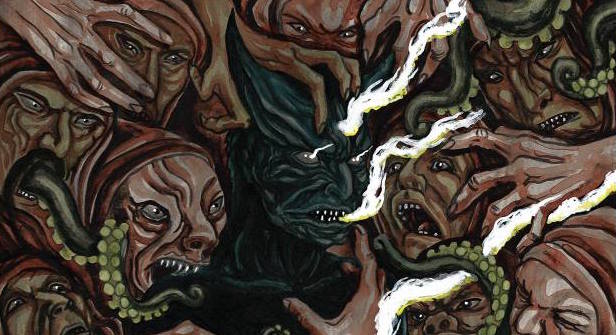

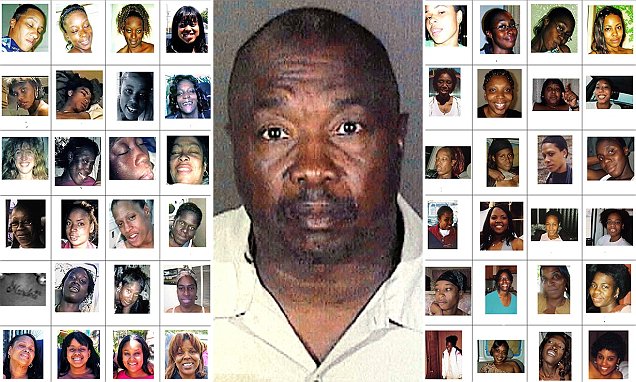
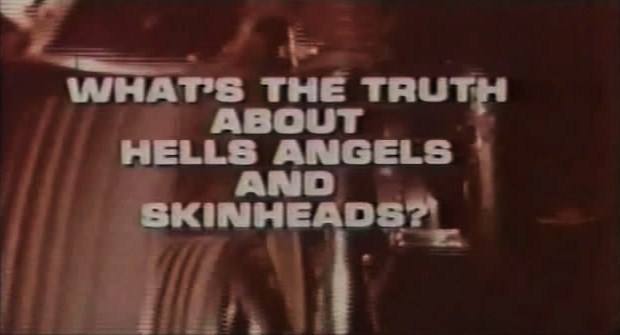





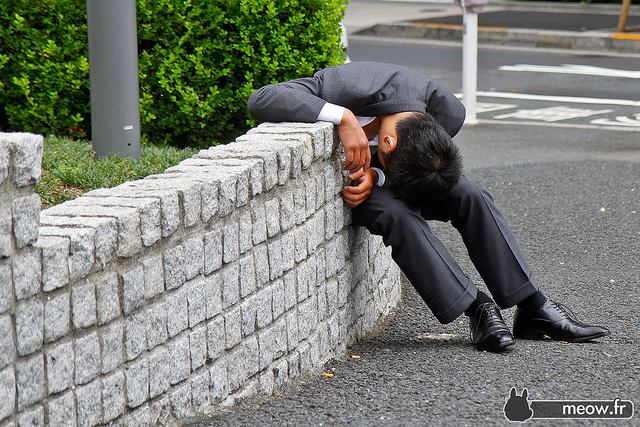



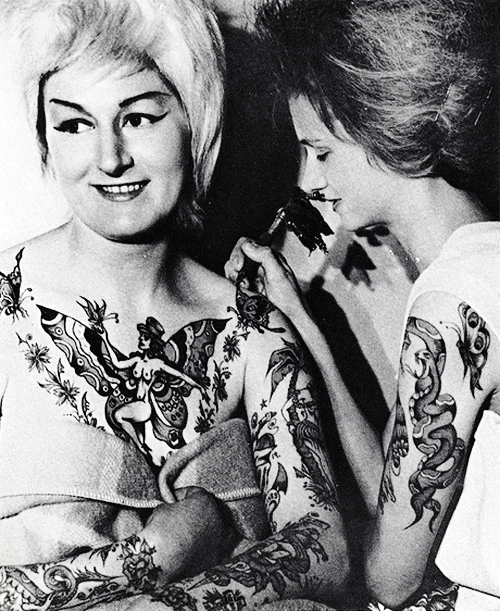

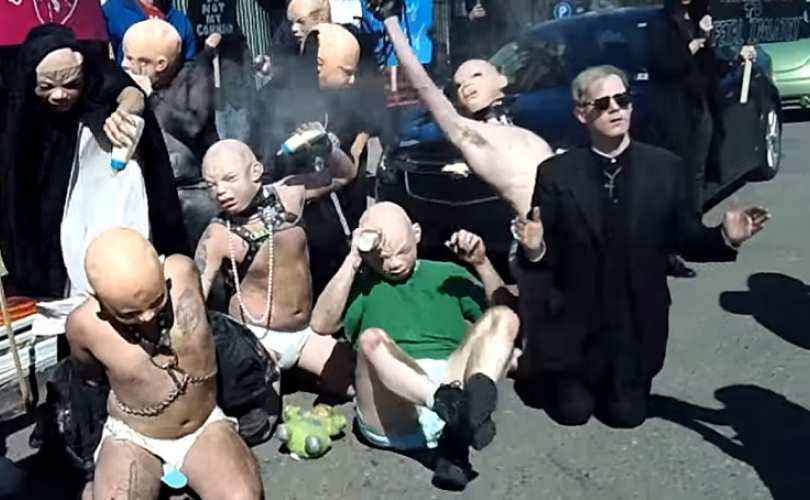





Paul D Brazill
October 2, 2013 at 12:08 pm
Interesting piece.